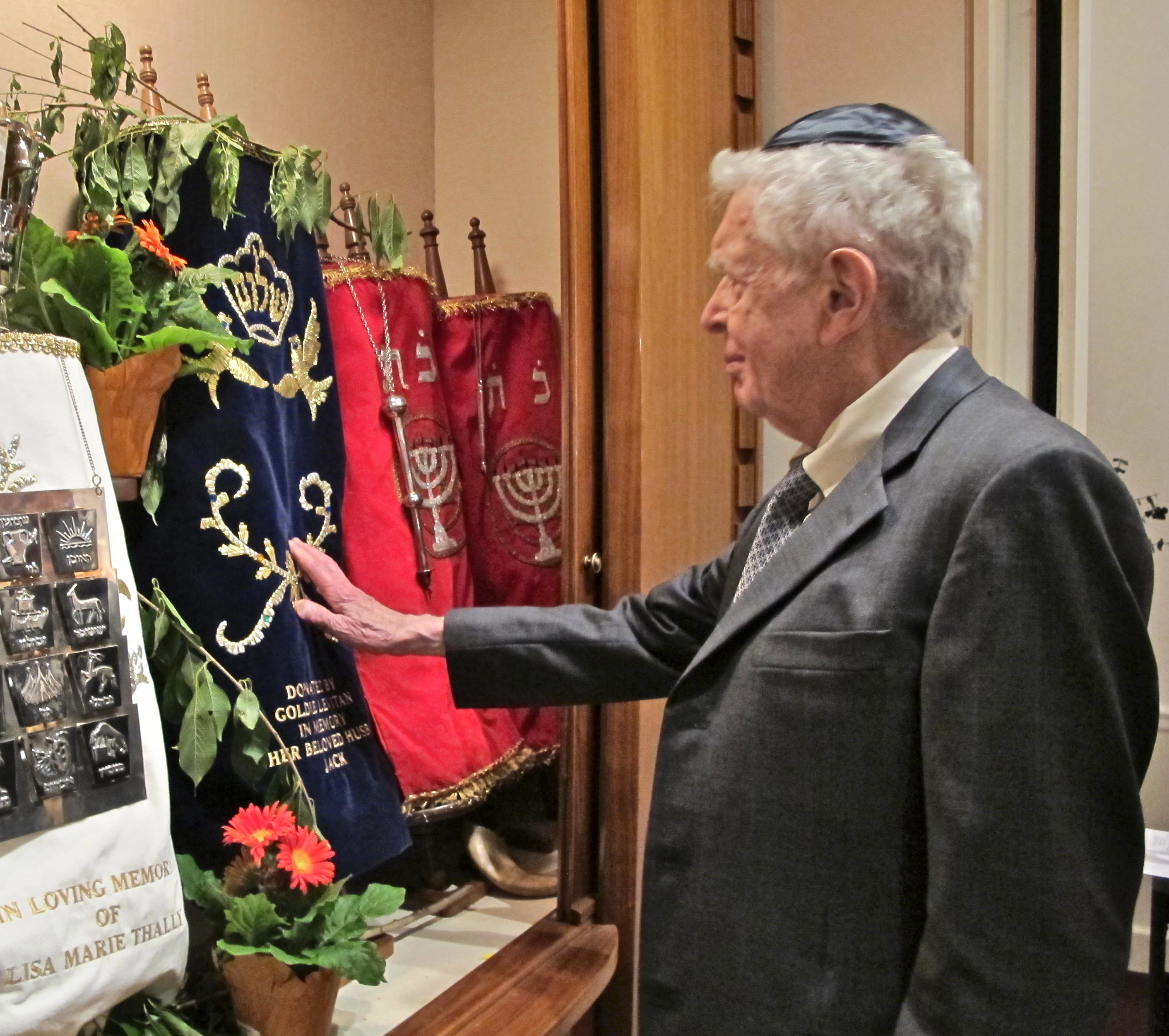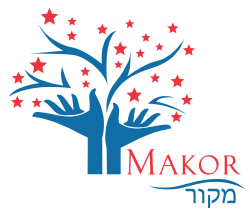First, meditation.
Meditation clears the mind. Allows it space to find freedom from intensity and agitation, bitterness, hate and anxiety. It’s a form of silent communion, an appeal to a Power greater than ourselves—whatever name we give that Power.
Next, affirmation.
Affirmation, n. A statement, assertion, or proposition that something exists or is declared to be true.
Here, affirmation is a spiritual statement that the good we seek in our lives already exists. Take the 23rd Psalm, for example (a MAKOR favorite). We don’t beg the Lord to “pleez be my shepherd,” or worry that God is not our shepherd. Rather, we affirm with quiet confidence and faith “The Lord is my shepherd.” We don’t say: “O Lord, relieve me from want,” but rather, “I shall not want.” Affirmative prayer helps us “rise above” to connect with the Divine Truth back of all. We trust in God’s ever-present help.
Then, visualization. Visualization brings clarity. When we enthusiastically picture the good we’re affirming — health, serenity, success, and peace of mind – our bodies respond. Our world responds. Cognitive science supports this as well as recent trends in holistic health, environmental medicine, immunology and the mind, stress control, and the “mind-body connection.” We see our good with God’s eyes, not our human eyes.
Put all three elements together. This becomes a prayer offered to God with perfect faith that it will be answered and a profound awareness that we continually receive God’s goodness and benevolence.
Believing is seeing.


Examples of Affirmations
Rabbi Morris Lichtenstein condensed many of the essential teachings from the Psalms into two main Jewish Science Affirmations. These Affirmations, developed nearly 100 years ago, are recited at every service as a proud reminder of our long history:
The God Consciousness in me expresses itself in Health,
in Calmness, in Peace, in Power and in Happiness.
I am calm and cheerful; I hate no one; I envy no one;
there is no worry or fear in me; I trust in God all the time.
At the time, Rabbi Morris used “God Consciousness” and “Divine Mind” as ways of referring to Source, or the spiritual energy we tap into unhindered by the fog of words and concepts. Much as we tap into electricity when we plug a cord into a socket.
Today, there are as many ways of referring to that Source as there are spiritual seekers: God, Higher Power, Divine Essence, Spirit, Truth, Universe, and so on. Choose the name that resonates most with you.
Below are only examples. Ideally, your affirmation responds to the prayers of your own heart.
Negative Thoughts
The Universe fills me with joy, hope and self-confidence.
Envy
Spirit supplies me with all my needs; I am grateful for all I have.
Disappointment
My ways are guided by the goodness of God; everything is for the best.
Fear
Divine Source is in me and with me all the time. I have no fear.
Courage
I express Divine courage; my road to success is clear in everything I set my mind to.
Worry
God takes care of all my wants; I trust in God with all my heart.
Dire Straits
The Lord is my shepherd, I shall not want.
Weakness or Illness
My Higher Power fills me with perfect health and strength in every part of my body.
Serenity
I am filled with calmness and peace. All is well in my world.
Joy
I see joy, love, and light all around me and it brings my soul pure delight.
